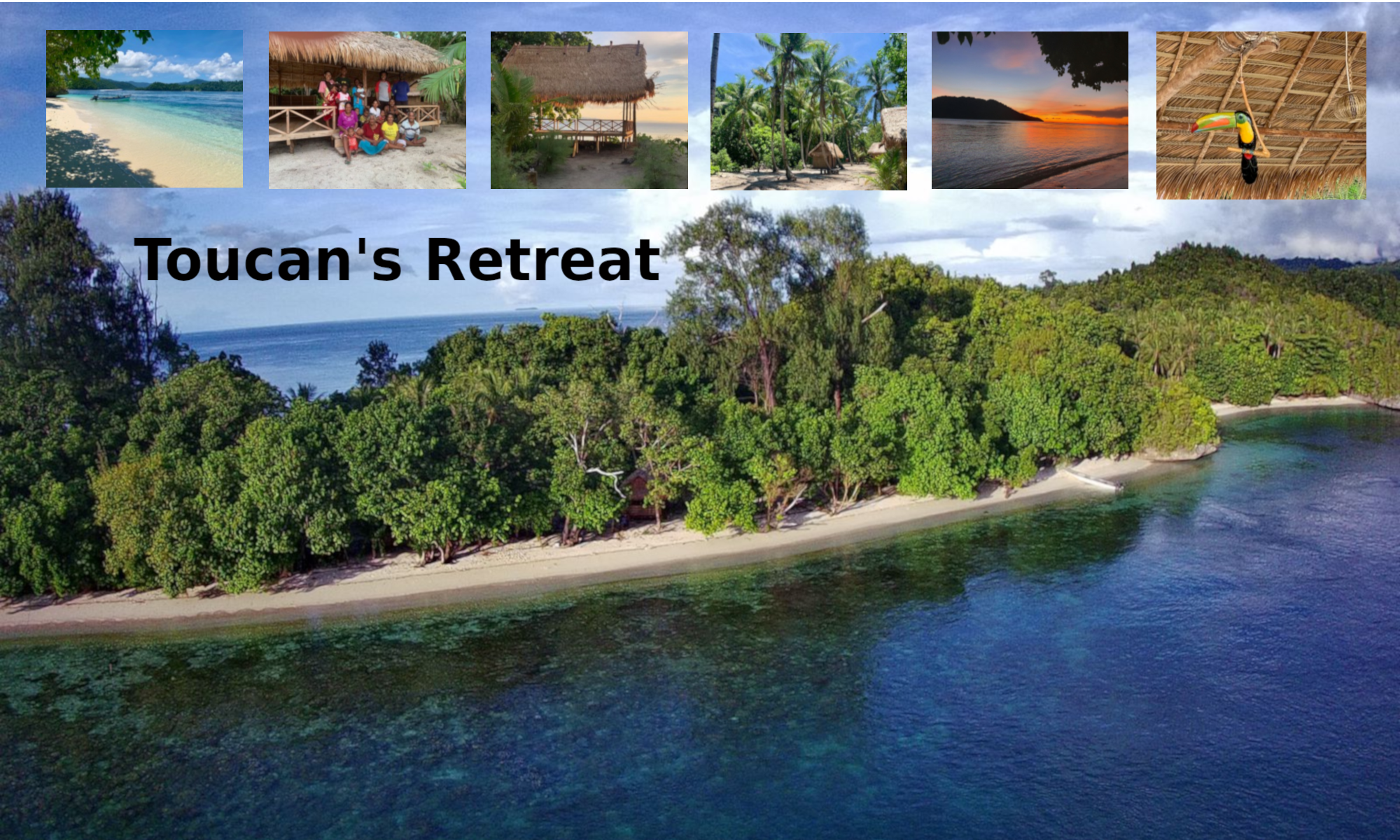 Given the current electoral shenanigans in the USA, it seems fitting to use a book written by Hillary Rodham Clinton, possibly about to become the first female President of the United States, as the title for this blog. In her 1996 book she argued that it takes an extended community of relatives, friends and mentors to raise healthy, happy children. She must have been thinking of Fiji because these youngsters from the village of Naqara (pronounced Nangara) seem to be the living embodiment of her theory.
Given the current electoral shenanigans in the USA, it seems fitting to use a book written by Hillary Rodham Clinton, possibly about to become the first female President of the United States, as the title for this blog. In her 1996 book she argued that it takes an extended community of relatives, friends and mentors to raise healthy, happy children. She must have been thinking of Fiji because these youngsters from the village of Naqara (pronounced Nangara) seem to be the living embodiment of her theory.
In Fiji, every village or clan lays claim to the surrounding land, water and reefs. This is their livelihood, and as such it’s a mark of courtesy and respect to ask permission to step upon their land, to anchor in their bays, or to fish and dive in their waters. The difficulty for visitors like us is that it’s hard to know who owns what. Within South Astrolabe Reef are many small and large islands, some with villages, some with resorts. We motored through the pass in the reef on a glassed-out sea, marvelling at the idyllic islands with their white sandy beaches. While they looked tempting, our imperative was to find an anchorage that would be suitable when the wind picked up from the northwest that night, so we by-passed several potential islands before dropping anchor in lovely Naqara Bay on the north of Ono Island (18 52.400S, 178 29.600E)




After lunch we dinghied into the village to make our ‘sevusevu’, carrying our wrapped bundle of kava root to be presented to the chief in exchange for permission to stay in the bay and visit the village. It’s important to respect local customs, so hats and sunglasses are a no-no, together with anything carried over the shoulder. Women must have their shoulders and knees covered too – most cruisers wrap a sarong over their shorts or wear longer skirts. So, suitably if somewhat awkwardly attired, we secured the dinghy and went in search of the ‘Toranga Ni Koro’ (Mayor) who would do the formal introductions to the chief. The previous two times we’ve presented kava it’s been accepted in a perfunctory manner with no traditional ceremony and no sign of any chief, so we were hoping for a different experience this time. But it wasn’t to be – we may have chosen the wrong time but there was very little sign of life in the village – perhaps we’d blundered into siesta time? We eventually found a couple of women who directed us to the mayor’s hut – he emerged sleepy-eyed and told us that no, the chief wasn’t here, but he took our kava anyway and asked to see our cruising permit (which we’d left on the boat). Feeling a little embarrassed, we promised to return the next morning with our paperwork and asked if we could also visit the school to donate some books and games.



The next day the village was much livelier, although the mayor was nowhere to be found. We had a very enthusiastic welcome from the children who loved having their photos taken, and took great delight in seeing themselves on the playback screen.

We also got to meet three of the four teachers at the primary school, who were very pleased to accept our donations and asked us to sign their visitors book. The teachers came from the mainland and other neighbouring islands, on secondment to the school for up to 12 months. Secondary students attend high school in a neighbouring bay as weekly boarders, returning to the village on weekends.


Village life here is simple – no fancy possessions or latest toys, little in the way of paid employment, just subsistence farming and fishing in a community of nearly 150 people who are all related in some way or another. I guess one downside would be the lack of privacy with everyone knowing everybody else’s business, but the richness of a community with so many generational layers, and the resulting wisdom and cooperation certainly made me reflect on how socially fractured and isolating our western urban lifestyles can be. Maybe I’m romanticizing what is surely not an easy or comfortable existence, but somehow I suspect village life offers far greater psychological and emotional benefits. Just look at those children’s faces.

I’d take that teachers shack tomorrow!! Tell the banks to get stuffed and be very happy teaching the kids to sing and read! Doesn’t that beat Sydney gridlock!
Sure does Rowley!
Very interesting insight into how clan & village life works, Di. They certainly do look very happy!
They’re the happiest, friendliest people we’ve met on our travels Michael. Says a lot for the lifestyle!